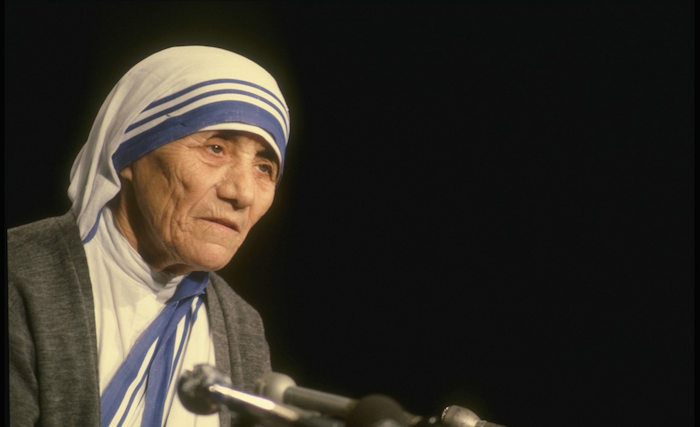9. Substandard Quality of Medical Care

Via kplu.org
Mother Teresa established the Kalighat Home for the Dying in 1952 by converting an abandoned Hindu temple into a free hospital. As the name of the facility suggests, its main purpose is to provide its patients with an opportunity to die with dignity. However, in 1991, the editor of the medical journalThe Lancet paid a visit to the hospice and observed that conditions there were far from ideal. More specifically, Robin Fox described the quality of the care provided to dying patients as “haphazard,” including unacceptable practices like the reuse of needles and the mixing of tuberculosis-infected patients with the uninfected. Worse, no distinction was made between the dying and the curable, thus leaving even curable patients to waste away. Furthermore, other critics pointed to the hospital’s disregard for modern medical practices, including the most basic of diagnosis procedures. However, Mother Teresa’s defenders countered the accusations by pointing out that the facility was only meant to serve as a refuge for the dying.




































Discussion about this post